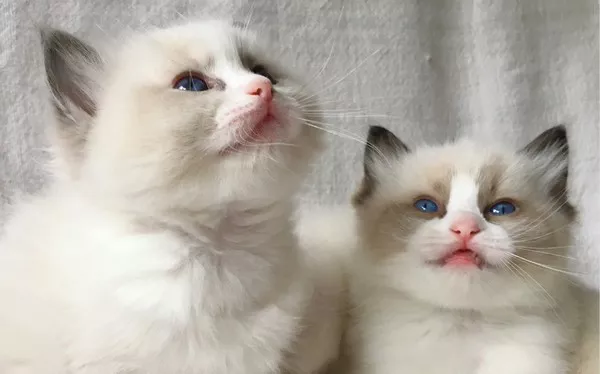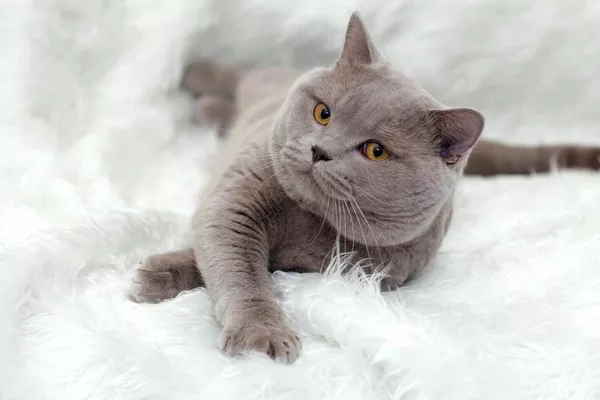Cats, with their enigmatic and independent nature, come in a variety of personalities, and no two cats are exactly alike. While their behaviors are shaped by a combination of factors, one of the most significant influences is their gender. Understanding the differences between male and female cats can help you comprehend and cater to their unique needs and characteristics. In this article, we delve into four key differences between male and female cats.
1. Behavior and Temperament
Gender plays a prominent role in shaping a cat’s behavior and temperament. Male and female cats often exhibit distinctive traits that can impact their compatibility with your household and your ability to meet their needs.
Male Cats:
Territorial Instincts: Male cats tend to be more territorial. They may mark their territory by spraying urine and may engage in conflicts with other cats, particularly other males.
Affectionate and Playful: Males are often described as more affectionate and playful, making them great companions.
Restless Nature: They can be more restless and may wander further from home than females. Neutering can help reduce this behavior.
Female Cats:
Maternal Instincts: Female cats have strong maternal instincts, and even if they’ve never had kittens, they may exhibit nurturing behaviors.
Calmer Demeanor: They are generally calmer and more consistent in their behavior.
Less Territorial: Females are typically less territorial than males and are less likely to spray or engage in aggressive territorial disputes.
2. Reproductive Behavior
Unsurprisingly, one of the most significant differences between male and female cats is their reproductive behavior. Understanding this contrast is vital if you’re considering breeding or managing a multi-cat household.
Male Cats:
Spraying: Intact (unneutered) male cats are prone to spraying to mark territory and attract potential mates.
Roaming: During mating season, males may roam extensively in search of females in heat.
Neutering Impact: Neutering can reduce or eliminate these behaviors, making male cats more manageable.
Female Cats:
Heat Cycles: Female cats experience heat cycles, during which they become more vocal, affectionate, and receptive to mating.
Mating Behavior: During heat, females may vocalize loudly, roll on the ground, and assume a mating position. They may attract male suitors from far and wide.
Spaying Benefits: Spaying your female cat not only prevents unwanted pregnancies but also eliminates heat cycles and related behaviors.
3. Health Considerations
The gender of your cat can also influence certain health considerations, and understanding these differences can help you provide better care for your feline companion.
Male Cats:
Urinary Tract Issues: Male cats are more prone to urinary tract issues, such as blockages, due to their narrower urethra. Adequate water intake and a balanced diet are essential for their health.
Prostate Problems: Neutered male cats may be at risk of developing prostate problems in their later years.
Female Cats:
Reproductive Health: Female cats can develop reproductive health issues, including pyometra (a uterine infection) and mammary tumors. Spaying can prevent these concerns.
Breeding Considerations: If you plan to breed your female cat, consult with a veterinarian to ensure a healthy pregnancy and delivery.
4. Longevity and Aging
Gender can influence the longevity and aging process of your feline friend. Understanding these differences can help you prepare for the unique needs of male and female cats as they grow older.
Male Cats:
Longevity: Neutered male cats often have a longer lifespan than intact males due to reduced risk of accidents and health issues related to mating behaviors.
Behavioral Changes: As male cats age, they may become more sedentary and less interested in roaming or mating behaviors.
Female Cats:
Longevity: Spaying female cats can extend their lifespan by preventing reproductive health issues and reducing the risks associated with pregnancy and childbirth.
Aging Considerations: As female cats age, they may become less prone to the restlessness and heat cycles associated with their younger years.
In conclusion, male and female cats exhibit distinct differences in behavior, reproductive habits, health considerations, and aging processes. These differences, influenced by their gender, can significantly impact their compatibility with your home and your ability to meet their unique needs. Neutering and spaying are essential steps in managing these gender-related traits and promoting the overall well-being of your beloved feline companions.


























